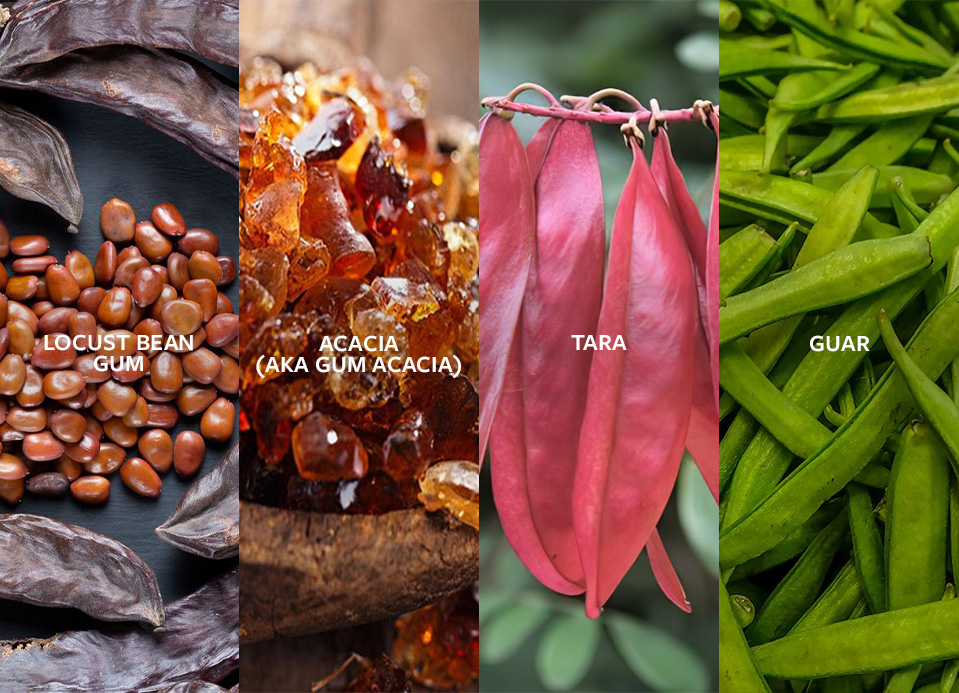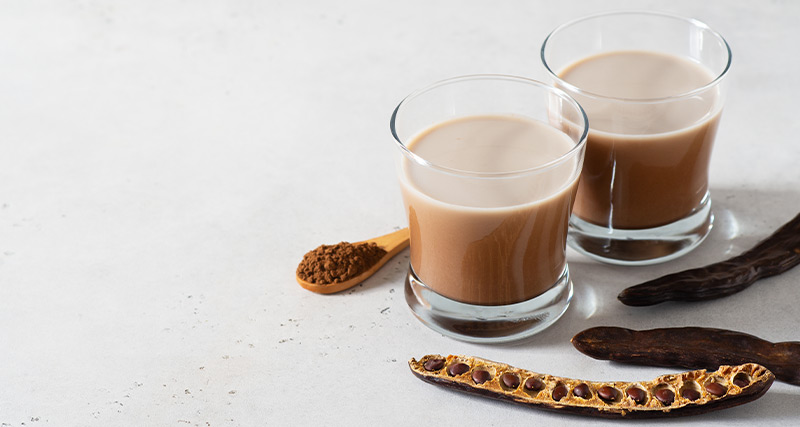Hydrocolloids—in this case, gums—are natural ingredients common in the food industry
and used to provide texture, viscosity, stability, and an overall improved eating
experience. Hydrocolloids are used in a comprehensive range of food products,
including ice creams, yogurts, sauces, salad dressings, and bakery products. Full-service
restaurants have been making increasing use of hydrocolloids and gums. In the wake of
the “molecular cuisine” movement, chefs learned to leverage the unique texture
profiles of hydrocolloids and understand them as natural ingredients with multiple
applications, roles, sources, and examples for modernist cuisine.
A stellar development of advances in hydrocolloid gums would be the ion-induced
gelation of alginate to create fluid-filled beads. These can deliver flavor explosions on
the palate. Gelling of agar at such low concentrations delivers the experience of a
flavored water gel. While still on the fringes of product development, they hold great
promise for low-calorie, high-flavor food and beverage products.
One of the most commonly used hydrocolloids in the food industry is xanthan gum, an
ingredient that earned a huge increase in popularity as a gluten replacer in baking.
Xanthan is a polysaccharide produced by the bacterium Xanthomonas campestris. It is a
versatile hydrocolloid with an unusual rheological profile: It has a very high low-shear
viscosity and so is extremely sensitive to shear. It forms a fluid gel at rest (great for
suspending particles), yet when shaken (or stirred) becomes highly flowable—great for
pouring out of a bottle or jar!
Xanthan gum can form gels with other hydrocolloids, such as locust bean gum (LBG) and
konjac. It will stabilize emulsions, improve freeze-thaw properties of products
containing starch, and brings moisture management to food products.
While this is a popular example of hydrocolloid gums working in concert together,
restaurant and research chefs have pulled out the stops in developing combinations of
these ingredients that can deliver precise textures that deliver the most nuanced
organoleptics.


